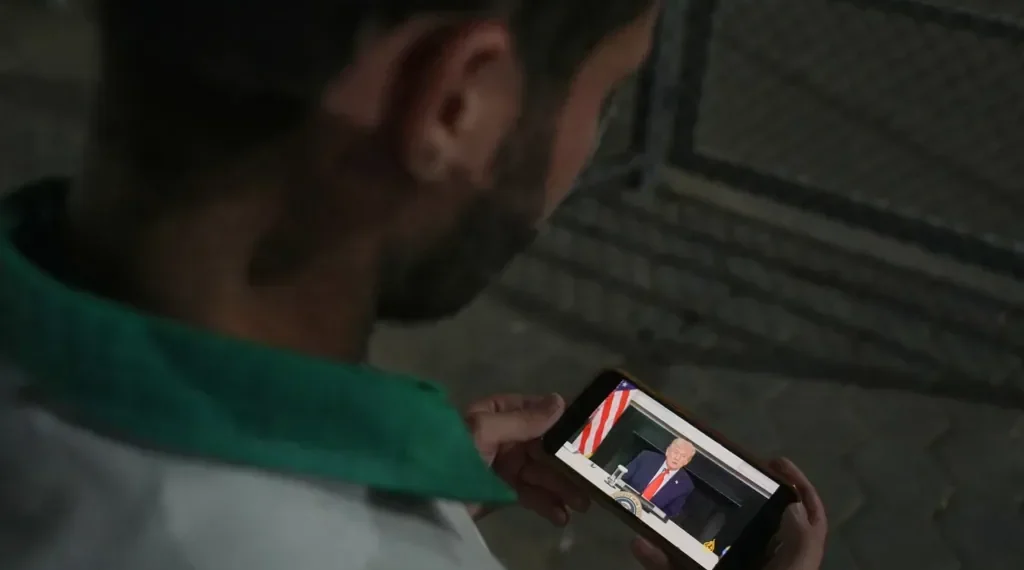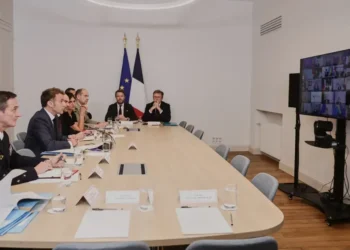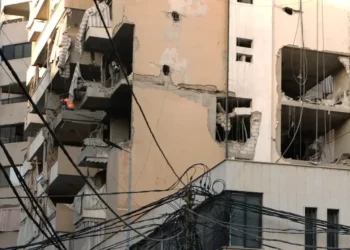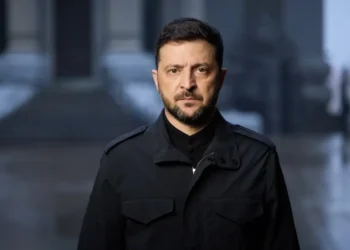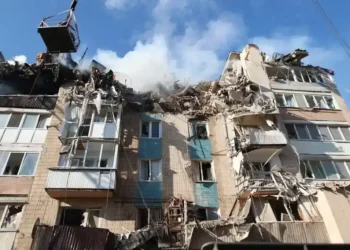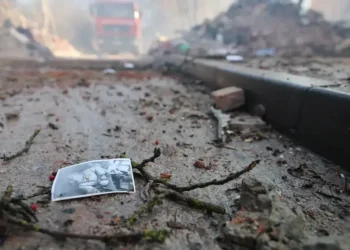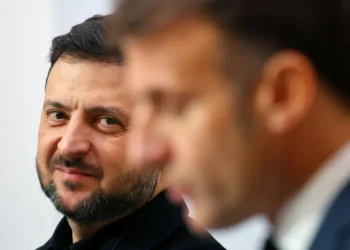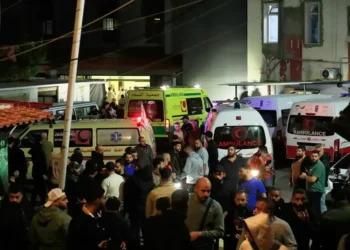Palestinians Welcome Fragile Gaza Ceasefire with Hope and Caution
Published: October 9, 2025, 21:45 EDT
Israel and Hamas have agreed to the initial phase of a peace plan brokered by the United States, marking the most significant breakthrough in nearly two years of conflict. The agreement calls for a temporary halt in fighting, the release of remaining hostages, and a gradual withdrawal of Israeli forces from the Gaza Strip.
According to statements from both sides, the deal also allows humanitarian aid to enter Gaza while setting the groundwork for broader talks aimed at permanently ending hostilities.
Deal Outlines Hostage Exchange and Troop Withdrawal
Hamas officials said the group will release all remaining hostages over the coming days in exchange for hundreds of Palestinian prisoners held in Israeli jails. In turn, Israeli forces will begin withdrawing from major population centers across Gaza.
Israeli Prime Minister Benjamin Netanyahu is expected to convene his cabinet to formally approve the agreement. Once ratified, Israel will publish a list of prisoners eligible for release, while affected families will have 24 hours to submit appeals to the Supreme Court.
Sources familiar with the process told the Associated Press that Hamas has already provided the list of Palestinian detainees it seeks to free as part of the U.S.-mediated deal.
Outstanding Questions Over Gaza’s Future
While the agreement represents a breakthrough, questions remain about the next phase of Gaza’s governance. The U.S. proposal envisions a demilitarized Gaza under an interim administrative body supported by international organizations.
Senior Hamas official Osama Hamdan told Al-Araby TV that any foreign-led transitional authority is unacceptable, emphasizing that governance should remain in the hands of “independent Palestinian personalities.”
Hamdan also said humanitarian aid will be distributed by the United Nations and international agencies to ensure neutrality and transparency, with 400 to 600 trucks expected to cross into Gaza daily once the truce takes effect.
Regional Diplomacy: Egypt, Saudi Arabia, and Global Reactions
Egyptian Foreign Minister Badr Abdelatty praised the agreement, expressing hope that it “would mark the end of a dark and painful chapter in the region’s history.” He called for renewed efforts toward a lasting peace that guarantees security for both Israelis and Palestinians.
Leaders across the Middle East and beyond echoed similar sentiments. Saudi Arabia’s Foreign Ministry urged swift implementation and full humanitarian access, while Lebanon’s president described the deal as “a first step toward a permanent ceasefire.”
From Asia to the Americas, governments including Japan, Canada, and New Zealand welcomed the development. Each called it a crucial moment to alleviate civilian suffering and revive prospects for a two-state solution.
Scenes of Relief and Cautious Hope in Tel Aviv and Gaza
In Tel Aviv, thousands gathered in Hostages Square, waving Israeli and American flags as they sang and prayed for the safe return of those held in Gaza. “It feels like a light at the end of a very long tunnel,” said 25-year-old student Einav Kahila.
Yet optimism was tempered by caution. Many Israelis expressed anxiety about the truce’s durability after two years of devastating war. “It’s not over until it’s over,” said Avi Duek, a teacher from Ramat Gan, attending with his infant son.
Across Gaza, exhausted civilians greeted the news with disbelief and relief. “We are tired, displaced, and longing for peace,” said Alaa Abd Rabbo, who fled northern Gaza for Deir al-Balah. Paramedic Saeed Awad added that previous ceasefires had failed but said this one “feels different — maybe it’s finally time.”
Humanitarian Challenges Ahead
In northern Gaza, paramedics and rescue workers began preparing for the aftermath of two years of bombardment. Fares Afana, head of paramedics in the area, called the agreement “a moment of joy” after immense loss.
“After years of bloodshed, we are physically and psychologically exhausted,” he said. “Now we can finally begin recovering the bodies and rebuilding our lives.”
Palestinian civil defense officials reported that more than 130 paramedics were killed in the line of duty during the conflict. Afana warned that clearing debris and restoring basic infrastructure “will take months, maybe years.”
Tensions Remain as Ceasefire Awaits Final Approval
Despite the announcement, sporadic violence continued along Gaza’s coastal highway as displaced Palestinians attempted to return north. Israeli tanks reportedly fired warning shots to disperse crowds trying to cross into areas still deemed combat zones.
Military officials said the ceasefire had not yet been ratified by Israel’s full government and urged residents to await formal notification before moving.
The Israeli army is expected to begin withdrawing from key urban areas such as Gaza City, Khan Younis, and Rafah once implementation begins.
Religious Gatherings and Global Reflections
In Jerusalem, thousands of Jewish worshippers gathered at the Western Wall during the Sukkot holiday, praying for peace and celebrating the imminent return of hostages. “God is making miracles,” said one participant, holding a palm branch as the crowd danced and sang.
For many, the timing of the peace deal announcement during a religious festival was seen as symbolic — a rare convergence of faith and hope after years of grief.
A Long Road Toward Lasting Peace
This marks the third ceasefire since the war began in October 2023. Earlier truces collapsed after short-lived exchanges of prisoners and hostages. Analysts caution that the success of the current deal will depend on sustained commitment from both sides and continued international oversight.
Washington has indicated it will monitor compliance closely and work with regional partners to prevent renewed hostilities. While challenges remain, diplomats described the agreement as the most promising step toward ending one of the deadliest conflicts in recent history.
This article was rewritten by JournosNews.com based on verified reporting from trusted sources. The content has been independently reviewed, fact-checked, and edited for accuracy, neutrality, tone, and global readability in accordance with Google News and AdSense standards.
All opinions, quotes, or statements from contributors, experts, or sourced organizations do not necessarily reflect the views of JournosNews.com. JournosNews.com maintains full editorial independence from any external funders, sponsors, or organizations.
Stay informed with JournosNews.com — your trusted source for verified global reporting and in-depth analysis. Follow us on Google News, BlueSky, and X for real-time updates.
